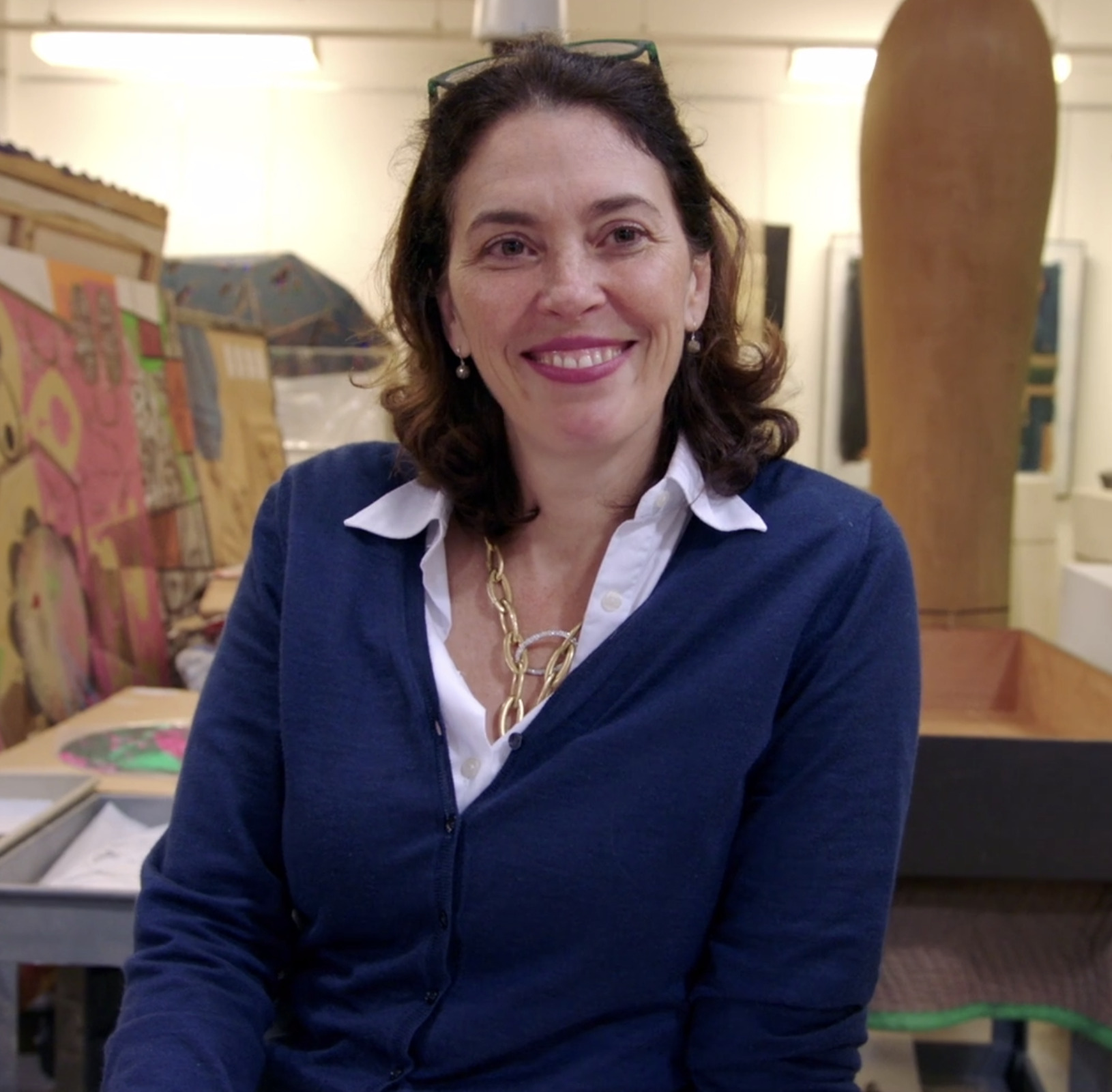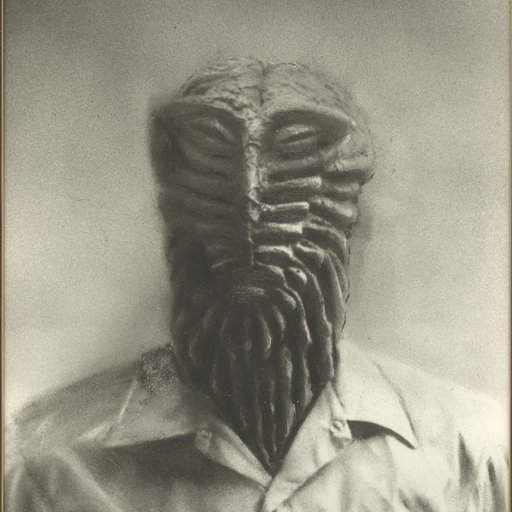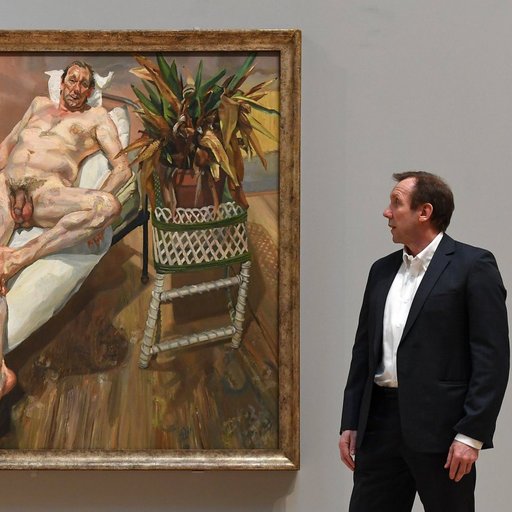If an artwork is expensive, does that mean that it’s good? Why do some works sell for hundreds of millions of dollars, while others don’t sell at all? Who gets to decide? Nathaniel Kahn’s new documentary The Price of Everything (which aired on HBO this past Monday, November 12 th ) asks these questions, and instead of providing answers, displays the art world for what it is: a complex multibillion-dollar industry that provides assets for the wealthiest of the wealthy.
As a foil, the film follows artist Larry Poons , who, after finding financial success in the ‘60s, retreated from the market to resist the pressure he faced to produce in-demand works. Through interviewing notable artists, collectors, advisors, gallerists, critics and more, Kahn collects candid accounts from some of the industry’s major players: critic Jerry Saltz, blue-chip artists George Condo and Jeff Koons , dealer Gavin Brown, art collector Stefan Edlis, curator Connie Butler, and Amy Cappellazzo — who plays the role of art “market villain” in the film, she tells Artspace .
 Screenshot of Amy Cappellazzo in
The Price of Everything.
Image courtesy of HBO.
Screenshot of Amy Cappellazzo in
The Price of Everything.
Image courtesy of HBO.
Cappellazzo was the co-founder of Art Agency Partners, an art advisory firm that was acquired by Sotheby’s for roughly $85 million in 2016. She is now the chairman of Global Fine Arts at Sotheby’s. Previously, she served as chairman of Post-War & Contemporary Development at Christie’s, during a 13 year tenure. This is all to say that Cappellazzo is a force of nature in the upper-market echelons of the art world. Throughout her extensive career, Cappellazzo has watched art dramatically become a global asset class, and her ability to adapt to changing times and new technologies is one of the many reasons she’s been so successful in the art market. So, how does she feel about The Price of Everything , which, for many viewers, confirmed their most pessimistic and nightmarish views of the market-driven art world? We asked her to find out.
Here, Cappellazzo discloses what it was like filming The Price of Everything , how she feels about the documentary, and the marketplace at large.
 Screenshot of Larry Poons in
The Price of Everything
. Image couretsy of HBO.
Screenshot of Larry Poons in
The Price of Everything
. Image couretsy of HBO.
Although you’ve been interviewed in documentaries before, The Price of Everything is the first time that you’re largely featured and a central part of the story line. What was the process of being involved in this film like? Did it make you think differently about certain things that are so routine for you?
I felt like I was just being filmed while doing my job. It’s funny, I was reading someone else’s review of the film—maybe Kenny Schachter’s—and Kenny said I made slang colloquialisms. I referred to a work as being a couple “hundo” and that made me sound like a rapper or something. Part of the slang comes from the fact that I was talking to the camera, as you would with colleagues when you’re just shooting the shit. I was really just doing my job.
The camera crew followed me around for a couple of days, and by recollection they used most of what they shot. It feels that way to me, at least. When shooting the scene where I’m going through the catalog in the Sotheby’s warehouse, I walked over and picked up something that barely had much market value—under $5,000. I talked about why I loved this particular object, and that scene got cut from the documentary. It was cut because it would have been a very long film, and ultimately I needed to be presented in a certain way. That scene would have been too early a foil for my character. My love for art comes out later in the film when I talk about the Giacomo Balla painting in my hometown museum, and they needed that love for art to be in a separate scene later on.
 Screenshot of Amy Cappellazzo in
The Price of Everything
. Image couretsy of HBO.
Screenshot of Amy Cappellazzo in
The Price of Everything
. Image couretsy of HBO.
I think Nathaniel [Kahn] was superb and a lot of magic was in the camera work and in the editing. He did a great job of having everyone play a certain character, while not expressing a specific view. I was the market villain, and I’m fine with that. I do represent the marketplace, and maybe that looks like it’s in absolute diametrical opposition to [artist] Larry Poons’ daily life, but actually they’re incredibly related. That’s part of the beauty of the ecosystem of the art world. I will say this (and I confess I said this to Kurt Anderson in a Studio 360 interview I did with him): just because you know the value of a work of art doesn’t mean that you don’t understand what the work means, what its cultural value is, or that you don’t have feelings for it. Knowing the value of something doesn’t disqualify your intellectual or emotional connection to the object. I don’t like it when people make that assumption; I think it’s a bit patent and facile to do that.
When you first saw the final documentary in its entirety did anything surprise you at all?
Yes, I was grateful for one thing. [Collector] Stefan Edlis, the character in the film, is a very special friend of mine, and a very dear person in my life. He was someone who was very supportive of my career early on; he gave me my first big deal when I joined Christie’s and my first big deal when I left to start my own company. Stefan was always there for me, and we’re the only main characters in the film that cross paths and actually talk to each other. I was very grateful that our relationship was somehow immortalized. If this film is all for naught, or just ends up in the dust somewhere, at least 25 years from now I’ll be able to look at it very fondly for my experiences with Stefan.
 Screenshot of Stefan Edlis and Amy Cappellazzo in
The Price of Everything
. Image couretsy of HBO.
Screenshot of Stefan Edlis and Amy Cappellazzo in
The Price of Everything
. Image couretsy of HBO.
How do you feel about the way the film portrayed your industry? How do you think regular people, detached from the art world, are going to respond?
I think the art world is always something of spectacle, and it's always easy to find it gobsmacking and astonishing if you’re not from this world. Our industry is very easy to make a caricature out of, but I do think the documentary did a decent job of presenting the world as it is, or the forces of the art world as they are.
I will say that art and wealth are thousand-year-old bedfellows. So if anybody thinks it's just happening now, that’s not the case. Art has always depended on patronage, and to some degree philanthropy, to survive and propagate itself, so I don’t think this is a new thing. I just think that it’s a matter of public interest and popular culture now in a way that it hasn’t been for a while. There are insiders and then there’s an audience for it.
For years and years, at least in my professional life, there was no audience for contemporary art—no one really cared. It had the smallest amount of column inches in the newspaper and you would go to some of the greatest openings in the world, of some of the most important artists, and there would be 40 people in a room eating Triscuits and drinking cheap wine. It was not something of broader interest. Then it suddenly became popular, and I don’t know why. Maybe it deserves to be. I think it’s actually quite an interesting place, and I’m happy to be a part of it, but maybe it’s still only interesting to certain audiences and not others. I mean, are people who follow NASCAR racing interested in the contemporary art world? There’s probably a low correlation there.
If someone from the NASCAR world did watch this documentary, what would you hope they take away from it?
I don’t know if I hope anything, honestly. I guess they’ll take away from it what they want. I hope they enjoyed it! I hope they didn’t waste 90 minutes of their life that they’ll never get back.
What is something that happened in the art market that completely shocked you, as it was entirely unpredictable?
I have to say 'nothing.' Nothing that’s happened has seemed out of the realm of human behavior. In the market you can be pleasantly surprised or unpleasantly surprised, but that’s par for the course. I wouldn’t say it’s a shock. You have to brace yourself for the ride.
 Screenshot of Amy Cappellazzo in
The Price of Everything
. Image couretsy of HBO.
Screenshot of Amy Cappellazzo in
The Price of Everything
. Image couretsy of HBO.
I read a 2014 Vogue article about your move from Christie’s to Art Agency Partners where they quoted one artist saying, “Amy doesn’t want to sell her soul anymore… and that’s a good thing.” Can you unpack this a bit? When is someone selling their soul in the art world?
I don’t know what they meant by that quote. I wouldn’t say those words myself. You would have to check with them, but I definitely don’t sell my soul. I feel very good in my soul. There are activities that I do some days that are not particularly soulful, like negotiate the terms of a contract. But I do have plenty of other activities that are wildly soulful. I’m not sure what selling your soul in the art world is. To quote Jenny Holzer—there’s a truism from Living (1980-1982) that says, “You should limit the number of times you act against your nature, like sleeping with people you hate.” I think that’s exactly what selling your soul is. I didn’t need to answer that question, Jenny Holzer did.
Do you see any dangers in building a collection based solely on speculation, investment, and monetary value?
I don’t really see a danger, but you should love it along the way. You can be a superb investor, monetize something, and be satisfied with your achievement, but these objects are meant to be loved. Art has always been a global asset class. It’s just that the global audience who can buy it is bigger because there’s now an accumulation of wealth that’s been unsurpassed in the last 15 years. Now we also have global communication. In the past, the fancy kings and queens of Europe didn’t know the emperors of Japan, but now they can all talk to each other and know each other. There’s a unifying orbit of consumers for this product and there’s many more of them. Art has always been for very rich patrons, but in fact, there are more opportunities now for casual collectors, or less wealthy people, to become involved. And there are so many more artists who have an opportunity to show, or to sell their work, or to get a teaching job at an MFA program; those opportunities didn’t even exist before the 1960s. It’s better now, and more robust, for the bottom rungs of the art world than it’s ever been historically. Anyone who’s only focusing on the problems at the top is entirely misguided.
 Screenshot from
The Price of Everything
. Image couretsy of HBO.
Screenshot from
The Price of Everything
. Image couretsy of HBO.
If you could change one thing about the art market, what would it be?
Not a lot. Anything would be personal and idiosyncratic, and not really about the market itself. It will change itself and morph, as it should over time. I think it will evolve naturally with the forces at work—the artistic forces, market forces, scholarship and art historical forces. As long as all of those parts are living in the pond, and alive in the ecosystem, everything will be okay. One part shouldn't morph into something that kills another part, it should all just co-exist in a beautiful pond. As long as there are humans, people will want to make art—that’s the good news. And, people will want to buy it, so that’s good news too.
RELATED ARTICLES:
Amy Cappellazzo on What the Fully Loaded Art Advisory Firm of the Future Looks Like
Impressionist and Modern Art Is Losing Value at Auction—Could This Be A Good Thing?
How Would I Change the Art Market: Two Dozen Expert Suggestions for a Saner Industry



























